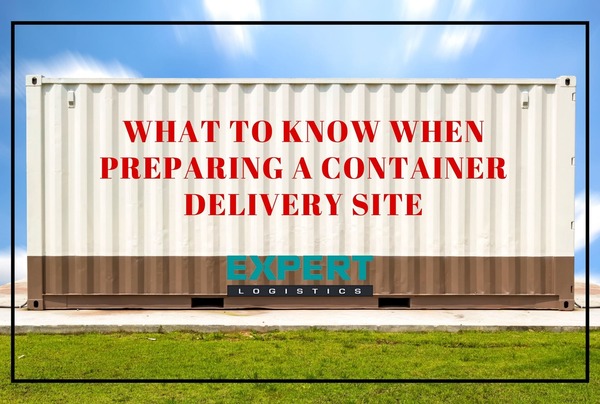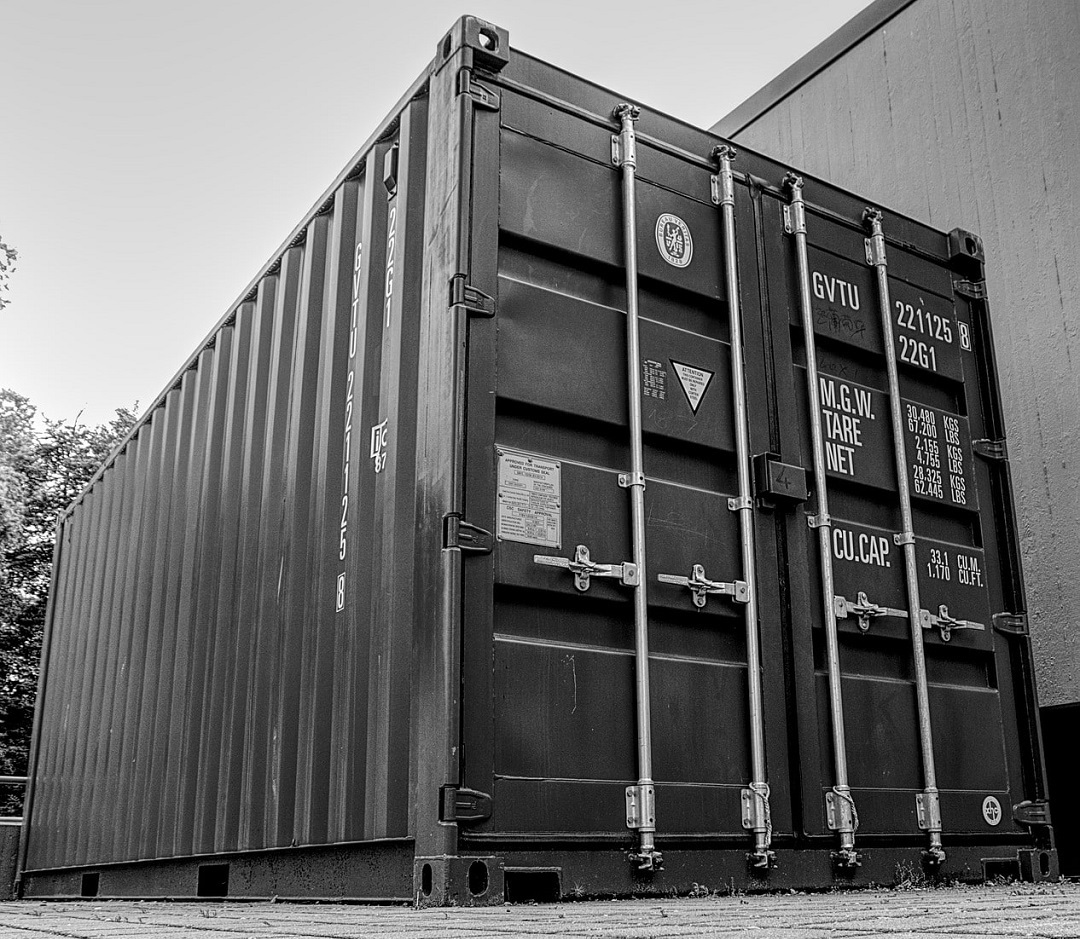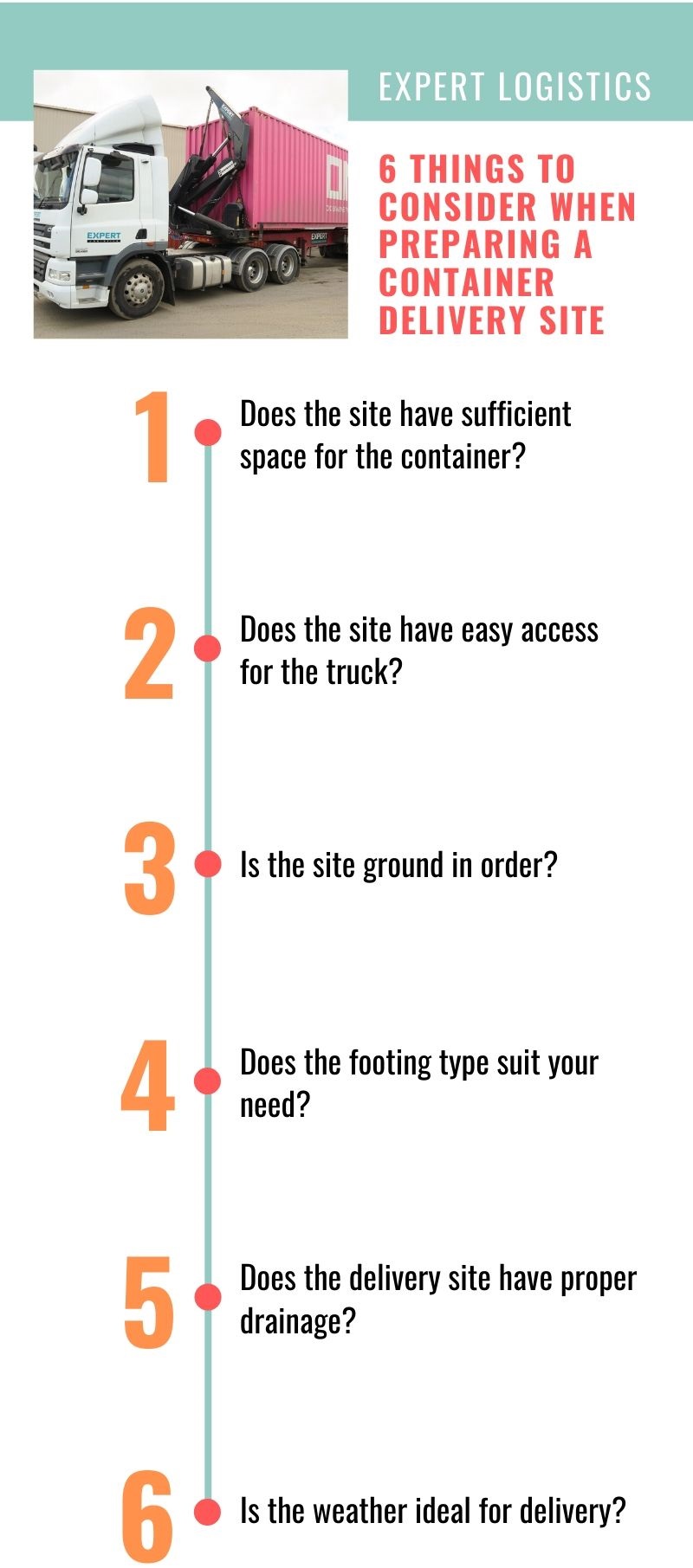What to Know When Preparing a Container Delivery Site

There is a startling amount of site work that needs to be expertly planned and finished before shipping containers to the delivery site. If the site is not prepared accordingly before the containers are transported in, this can cause expensive reworks to be required later.
At the upper level, the site planning and preparation that you undertake at this stage is focused on ensuring that the land is ready for a delivery site.
Shipping containers are a multi-functional solution for many projects in the modern-day world. In the current climate of Melbourne, shipping container transport services are in full swing and growing according to consumer demand.
Why is preparation necessary?

A poorly prepared site can lead to a few problems, such as:
- Container sinks – if this occurs, it will cause the container to twist and flex.
- Damage to hinges – when the doors catch or stick and do not open or close properly.
- Caught doors – this happens when the containers flex and the doors support the container. This leads to a significant strain on their ability to close properly. In this case, you may be able to get them open but not closed, increasing security risks.
- Misaligned lockbox – this makes it challenging to lock the container securely, presenting a security risk for the goods.
Key factors in preparing a delivery site
Is the site you have in mind well suited for a container delivery?

Regardless of what the container is going to be used for, whether it’s a workshop, a long-term onsite storage solution, or to pack up your home when moving, make sure that you have considered all the points discussed below.
1. Does it have sufficient space?
The first and foremost thing to think about is whether the area is spacious enough to accommodate a container. Keep in mind that containers come in various sizes, including 8ft, 10ft, 20ft, and 40ft.
2. Access for trucks
If your delivery site is positioned behind other infrastructure, then you may have trouble getting the container to your site. Due to recent advancements in technology, it is possible to have your container dropped into place by a crane, but this is a very expensive affair.
3. Is the ground in order?
It’s essential to look at the ground where the container is going to lay and begin by assessing whether it’s level. A level container ensures the doors are free to open and close.
Next, make sure the soil is firm and compacted so that it will support the frame of the container. If your site is slanted or rough, you can add a layer of small stones or gravel to keep the container secure and stable.
When it comes to areas of soil, it’s typically necessary to drive piles into the ground to find a rigid footing on which to build a foundation for your shipping container. You don’t want it to be moving around, and you definitely don’t want it to sink below the surface.
4. Footings
A container can sit on level ground, or you can place it on footings to keep the container off the ground. For the latter, you can use wooden beams, concrete slabs or poured concrete foundations.
The most accessible and affordable option available is wooden beam footings. When using wooden beam footings, a gravel bed should be made underneath the wood to aid drainage, which is essential in keeping the beams dry and preventing premature rotting of the wood.
Concrete footings are ideal when the container is going to be located in the same place for a prolonged period of time. You can form up the concrete and have the container loaded onto the footings. It is also advisable to use rubber between the container and the concrete.
5. Topography and drainage
Topography refers to the shape of a piece of land, and drainage is how water flows through it. While quick access to a stream or pond may sound pleasant, you have to note the potential for flooding and the maximum height the water could reach.
It may be worth the investment to set the container down on concrete blocks, as this will keep it at a higher elevation, free of moisture and well ventilated.
6. Weather conditions
It’s best to have your container delivered on a day free of rain. Installing your container onto wet earth could lead to misalignment and sinkage. You may need to secure your shipping container to the ground, but in the majority of circumstances, the natural weight of the container will hold it firmly in place.

Whether you have decided to rent or buy your shipping container, before it being delivered to your location, you must consider the points above to ensure it sits securely for the duration of its stay.

